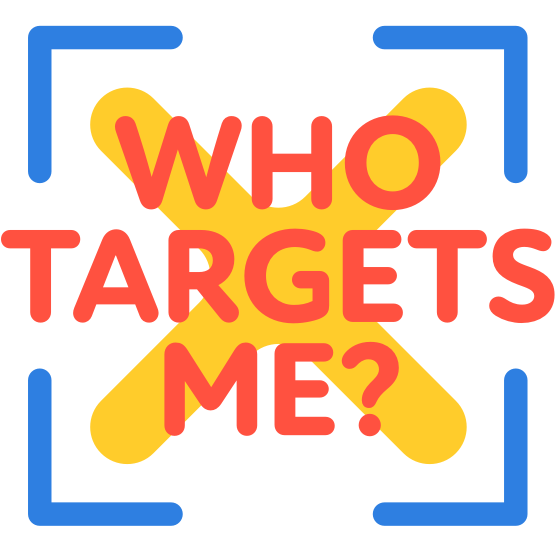Last week, Ray-Ban, in collaboration with Facebook, launched glasses that take photos and videos, and have little speakers in the arms for playing podcasts and the like (via Bluetooth – the glasses don’t have standalone network connectivity just yet).
The speakers are “discreetly” built into the arms, so you can walk around, listening away, without so much as a pair of headphones to signal to others that you’re off in some other world (though the glasses do show other people when you’re recording*).
Now, we’re not yet in the era of highly-targeted audio ads (most podcasts seem to accept localised advertising at the national level, but aren’t integrated with the rest of the ad-track-and-deliver ecosystem), but it’s clear we’re not too far from your favourite (or least favourite) politician whispering sweet-targeted-nothings into your ears as you wander about town.
It also seems pretty clear that, while it might take a while to catch on, glasses with connectivity and a couple of cameras and speakers in them will jump into the mainstream at some point (like bluetooth itself, the tech will become so cheap there’ll be no point not including it – we imagine they’ll be in a $40 pair of Ray-Ban knock offs by next summer).
So, given that Ray-Ban is about to add “deliverer of ads” to “luxury eyewear brand” on its CV, does the company need an ad transparency policy? An ad library? A civic integrity team?
Of course not. At the moment, they’re just a vessel into which other people’s technology is being poured (in this case, Facebook’s).
But it does point to a further change needed in ad libraries and transparency standards – specifically, the need for transcripts. And there are two good reasons for this.
One is simple accessibility – ads that primarily use non-text media (sound, video, images) should be accessible to everyone. Many video-based ads (and particularly political ones) use subtitles to make them more accessible. But many image-based ads fail to supply alt-text and the same is true with audio ads and transcripts.
The second good reason is machine readability. Analysing thousands of ads is really hard, particularly if they’re not using text. Text-based analysis for accountability purposes is relatively easier than having researchers find a way to ingest, then machine-read gigabytes of media files.
As is usually the case, the best place for a rule like this is at the platform level. It’d be a pretty easy piece of data for platforms who accept political ads to require of advertisers. As such, we’ve updated our proposed ad transparency data standard to account for this.
After all, what’s the point of glasses if they’re not transparent?
*We should note that Ryan Mac of the NY Times checked out the organisations Facebook had worked with on the privacy of the glasses and found that all five accept funding from the company**.
**We should also note that Who Targets Me has never taken a single penny from a tech company, nor would we (nor have we ever been offered such funding). If you want to support our work, you can make a donation here.
